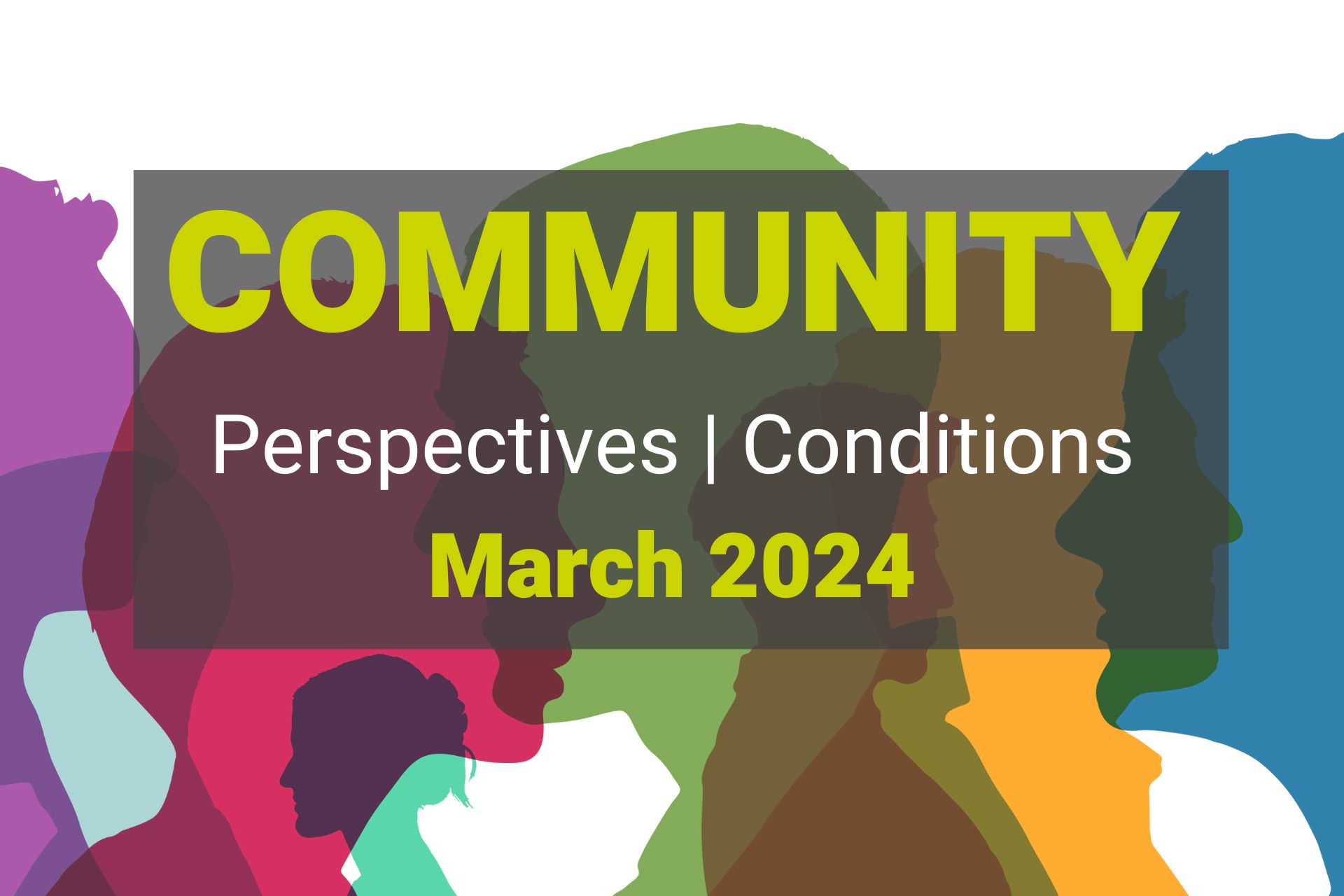Federal Reserve Banks across the country collect anecdotes from contacts and hone in on concerns for Federal Reserve Beige Book summaries, published eight times each year. Historically, insights about conditions affecting low- and moderate-income communities have come from the perspective of businesses. Several Reserve Banks began including “Community Conditions” and “Community Perspectives” sections in the fall of 2022. These sections provide insight into local changes through direct accounts of nonprofit and community leaders and workforce professionals serving lower-income people. Here are some takeaways from the April 2024 Beige Book, which was prepared at the Federal Reserve Bank of Boston and is based on information collected on or before April 8, 2024.
Please note that the Beige Book summarizes comments received from contacts outside the Federal Reserve and is not a commentary on the views of Federal Reserve officials.
“Community leaders noted that non-profit operations have been strained. Inflation has caused the cost of providing services to increase, but there has not been a corresponding increase in funding. Further, many non-profits have endured higher employee turnover and vacancies as many workers have left for more lucrative and less stressful roles in the public and private sectors. With shortfalls in funding and staffing, recipients of social services such as childcare, mental health, housing placement, and senior ambulettes have experienced increasing wait times and service reductions.”
– New York Fed, Federal Reserve 2nd District, Community Perspectives
“In a semiannual survey, two-thirds of District nonprofit service providers reported that low- and moderate-income households experienced a decline in financial well-being in the past six months as higher prices continued to strain budgets. Moreover, nearly three-quarters said that the availability of affordable housing decreased amid rising rents, the loss of units to blight, and insufficient unit supply. Some contacts noted that housing market dynamics were adversely affecting seniors. One mentioned that a senior housing community had a waiting list of 1,500 people. Another suggested that reassessed property values increased property taxes, straining seniors’ budgets.”
– Cleveland Fed, Federal Reserve 4th District, Community Conditions
“Community, nonprofit, and small business contacts saw little change in economic activity over the reporting period. State government officials reported a slight decrease in sales tax revenues compared with a year ago. Small business intermediaries, including Community Development Finance Institutions, noted increased loan demand and said clients continued to mention that challenges in finding workers were holding back growth. Social service organizations, philanthropies, and municipal leaders said that the end of COVID-era federal government financial support would soon result in budget gaps for state and local governments. For low-income consumers, elevated price levels, particularly housing costs, remained a challenge for household budgets. Efforts to increase the supply of affordable housing continued to run up against high costs for materials and labor.”
– Chicago Fed, Federal Reserve 7th District, Community Conditions
“High credit costs and staffing issues suppressed hiring and capital investment plans among small, minority- and women-owned businesses. Despite some broader easing of labor market tightness, the limited availability of workers led to heightened business uncertainty and reduced operating hours among smaller businesses. One contact reported it was not unusual for them to hear of small businesses hiring five people, having three show up on the first day, and only one remaining by the end of the week. There were also reports of increasing small-business owner burnout from trying to make up for staffing and revenue shortages. While many contacts reported businesses have had success in obtaining grants, the help has often been temporary with those businesses either coming back for more assistance or closing after the funding ran out.”
– Kansas City Fed, Federal Reserve 10th District, Community Conditions
“Nonprofits reported sustained high demand for services as more individuals discover the resources they offer. While demand for food pantry services was stable at an elevated level, there was an increased demand for assistance with health insurance and basic clothing. Cost-of-living was an ongoing concern, and more people were looking for second jobs to make ends meet. The tax season provided low-income families with a temporary income boost with many planning to spend tax refunds on used cars, household appliances, and cell phones.”
– Dallas Fed, Federal Reserve 11th District, Community Perspectives
“Demand for community support and services remained high amid limited funding and strained resources. Households and community members sought assistance as they faced challenges with the cost of housing, utilities, food, and health services. Some contacts reported that government funding partially compensated for a decline in financial support from private-sector grants and individual donors. In some cases, public-sector funding was restricted to address specific issues, such as housing security, which limited their ability to address multiple issues facing community members. Small businesses across the District continued to face high borrowing costs, which limited access to funding and loans.”
– San Francisco Fed, Federal Reserve 12th District, Community Conditions
Visit the April 2024 Beige Book report for a full national summary and more information about economic conditions from each Reserve Bank, including labor markets, financial services, real estate, and more.




